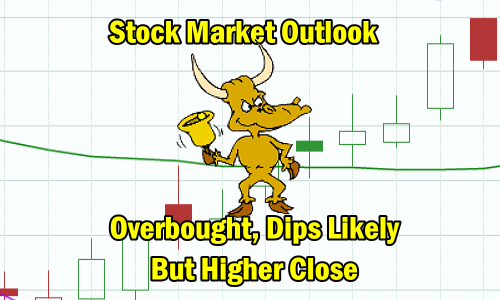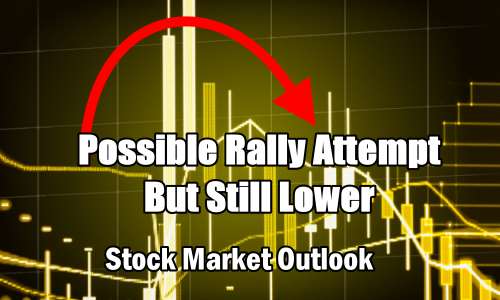
Wednesday saw inflation data that didn’t appear to show that inflation was peaking. It was slightly lower than March’s 8.6% but still above estimates of 8% to 8.1%.
Stocks tried to shake off the disappointing news and for much of the morning the SPX held on after an opening drop to below 4000. As the afternoon started though, the index slipped and then fell making a new correction low by 2:00 PM and then another new low at the close.
The S&P lost 63 points to close at 3935 for a 1.6% drop. The NASDAQ had another big drop, falling 373 points to end the day at 11,364 down 3.1% on the day.
The S&P is now down 18% from its 52 week high and the NASDAQ is down 29.9% and the tech carnage is continuing to impact the index.
Let’s review the technical indicators from Wednesday’s trading to see what to expect for Thursday.
Stock Market Outlook Chart Comments At The Close on Wed May 11 2022
On Wednesday the day ended with a bearish candlestick again but with a long shadow (head) which often signals a bounce coming.
The Lower Bollinger Band is continuing to fall deeper which is bearish, but the Upper Bollinger Band, while moving lower is slowing its descent which often signals a potential bounce.
All moving averages are still bearish and there are still three sell signals in the index. All the major moving averages are falling including the 200 day. The 21 day is falling rapidly and the 100 day is likely to move below the 200 day this week and the 50 day nest week unless a rally can start.
The chart is 95% bearish for Wednesday. All the bounces over the past three weeks have failed. That continues to build selling pressure and pushes stocks still lower. Stocks though are becoming more attractive with each downturn and at one point a rally will recover many stocks, especially those stocks that have solid balance sheets and earnings. Meanwhile as you will see in the technical indicators, some are reaching extremely oversold readings.

Stock Market Outlook review of Wed May 11 2022
Stock Market Outlook: Technical Indicators Review:
Momentum: Momentum is falling and negative. It remains more sideways than up or down and is oversold signaling a potential for a bounce.
- Settings: For momentum I use a 10 period when studying market direction.
MACD Histogram: MACD (Moving Averages Convergence / Divergence) issued a down signal Friday April 8. On Wednesday the down signal strengthened. The MACD histogram also gained strength to the downside.
- Settings: For MACD Histogram, I am using the Fast Points set at 13, Slow Points at 26 and Smoothing at 9.
Ultimate Oscillator: The Ultimate Oscillator is falling, negative and near oversold signals.
- Settings: The Ultimate Oscillator settings are: Period 1 is 5, Period 2 is 10, Period 3 is 15, Factor 1 is 4, Factor 2 is 2 and Factor 3 is 1. These are not the default settings but are the settings I use with the S&P 500 chart set for 1 to 3 months.
Slow Stochastic: The Slow Stochastic still has a down signal in place and has extreme oversold signals. These are the type of signals that see significant bounce backs.
Settings: For the Slow Stochastic I use the K period of 14 and D period of 3. The Slow Stochastic tries to predict the market direction further out than just one day.
Relative Strength Index: The RSI signal is primarily falling and into oversold readings.
- Settings: The relative strength index is set for a period of 5 which gives it 5 days of market movement to monitor. It is often the first indicator to show an overbought or oversold signal.
Rate of Change: The rate of change signal is unchanged and remains at levels where normally a bounce could be expected.
- Settings: Rate Of Change is set for a 21 period. This indicator looks back 21 days and compares price action from the past to the present. With the Rate Of Change, prices are rising when signals are positive. Conversely, prices are falling when signals are negative. As an advance rises the Rate Of Change signal should also rise higher, otherwise the rally is suspect. A decline should see the Rate Of Change fall into negative signals. The more negative the signals the stronger the decline.
Support and Resistance Levels To Be Aware Of:
4400 is resistance
4370 is light support
4350 is light resistance
4300 is light resistance
4290 is light resistance
4270 is light resistance
4250 is resistance
4225 is light resistance
4200 is light resistance
4150 is light resistance
4100 is light support
4050 is light support
4025 is light support
4000 is good support
3975 is light support and is a decline of 17.5%
3900 is light support and is a decline of 19%
3850 is good support and is a decline of 20%
3600 is good support at is a decline of 25%
Stock Market Outlook for Tomorrow – Thu May 12 2022
Thursday ended up as expected, at new lows. Technical indicators continue to suggest markets are on the verge of a bounce. On Thursday we could see the SPX slip to 3900 early in the day and then attempt a bounce. However despite the technical indicators becoming more and more oversold, signals in general are very bearish and need a catalyst to get stocks rising. That could come if President Biden decides to reduce or eliminate, even for a short period of time, various tariffs placed by the Trump administration on China. Another catalyst would be a rise in unemployment which we might see on Thursday’s Weekly Initial Unemployment Insurance Claims. As well a decline in the producer price index would also help but neither is expected.
For Thursday the outlook remains bearish with the potential for a bounce should the index slip early in the day to 3900. Otherwise the SPX has a chance to slide below 3900. After 3900 the next level of support is at 3850.
Potential Market Moving Events
Thursday:
8:30 Initial jobless claims and continuing jobless claims
8:30 Producer price index which is expected to be half a percent.
Friday:
10:00 Consumer Sentiment Index (UofMich)
10:00 5 Year inflation expectations (UofMich)
Stock Market Outlook Archives
Stock Market Outlook for Tue Nov 19 2024 – Unconfirmed MACD Down Signal
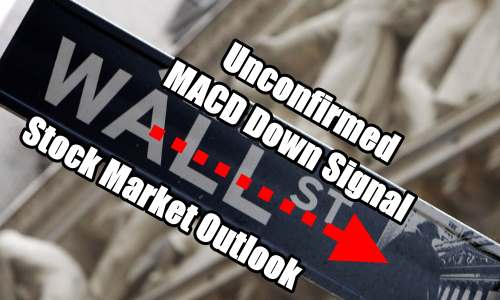
Morning Investing Strategy Notes for Mon Nov 18 2024
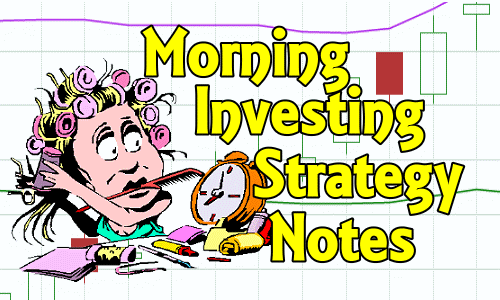
Stock Market Outlook for Mon Nov 18 2024 – Choppy – Possible Bounce Attempt

Morning Investing Strategy Notes for Fri Nov 15 2024

Stock Market Outlook for Fri Nov 15 2024 – Choppy With Bias Lower

Stock Market Outlook for Thu Nov 14 2024 – Choppy – Dips Possible But Higher Close

Morning Investing Strategy Notes for Thu Nov 14 2024

Morning Investing Strategy Notes for Wed Nov 13 2024

Stock Market Outlook for Wed Nov 13 2024 – Choppy Trading Bias Lower

Morning Investing Strategy Notes for Tue Nov 12 2024

Stock Market Outlook for Tue Nov 12 2024 – Overbought – Dips Likely But Bullish

Morning Investing Strategy Notes for Mon Nov 11 2024

Stock Market Outlook for Mon Nov 11 2024 – Overbought – Higher Still
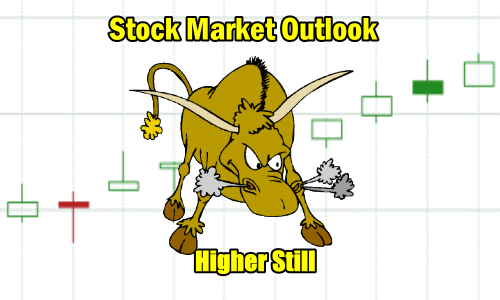
Morning Investing Strategy Notes for Fri Nov 8 2024

Stock Market Outlook for Fri Nov 8 2024 – Overbought – Dips Likely But Higher Close
